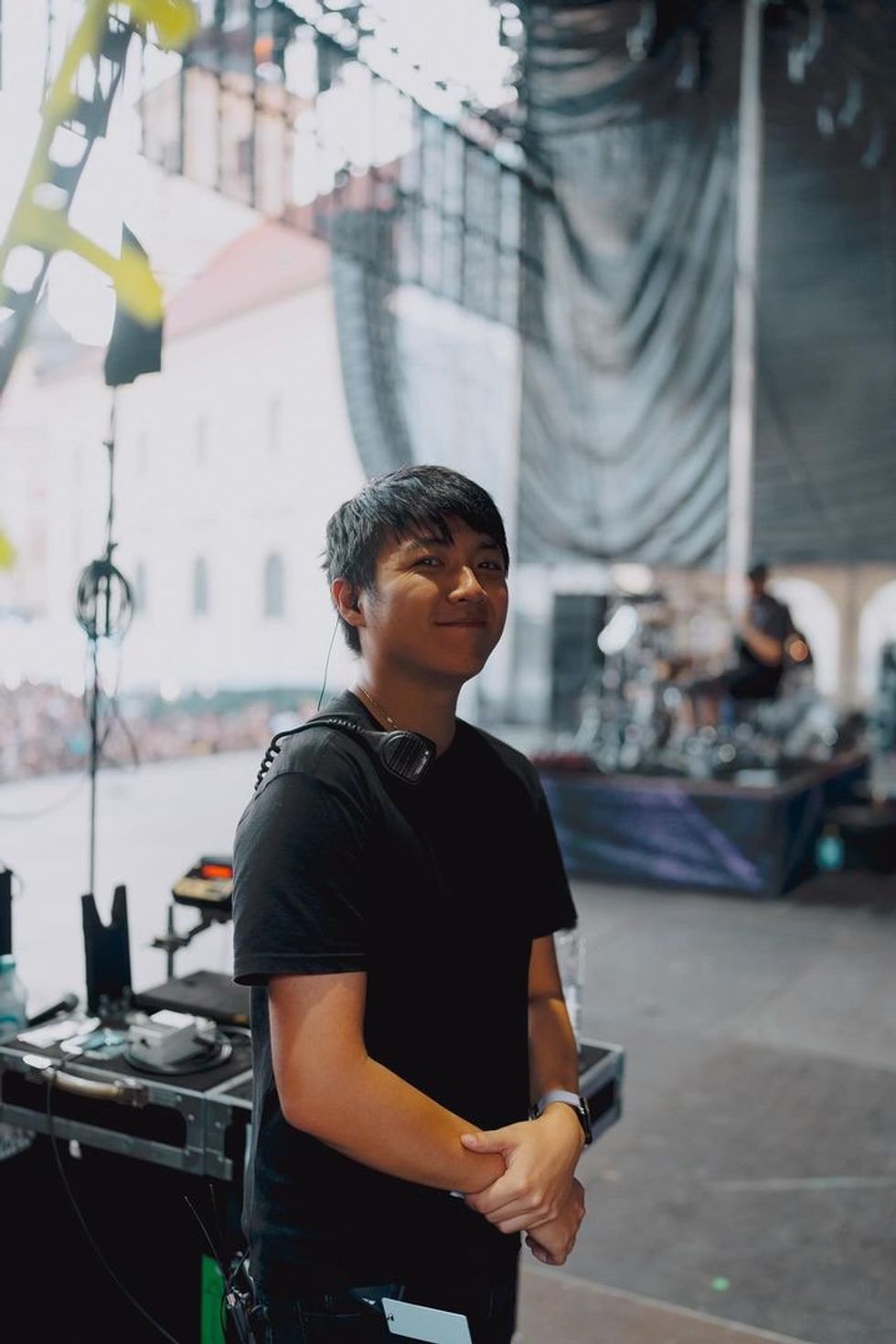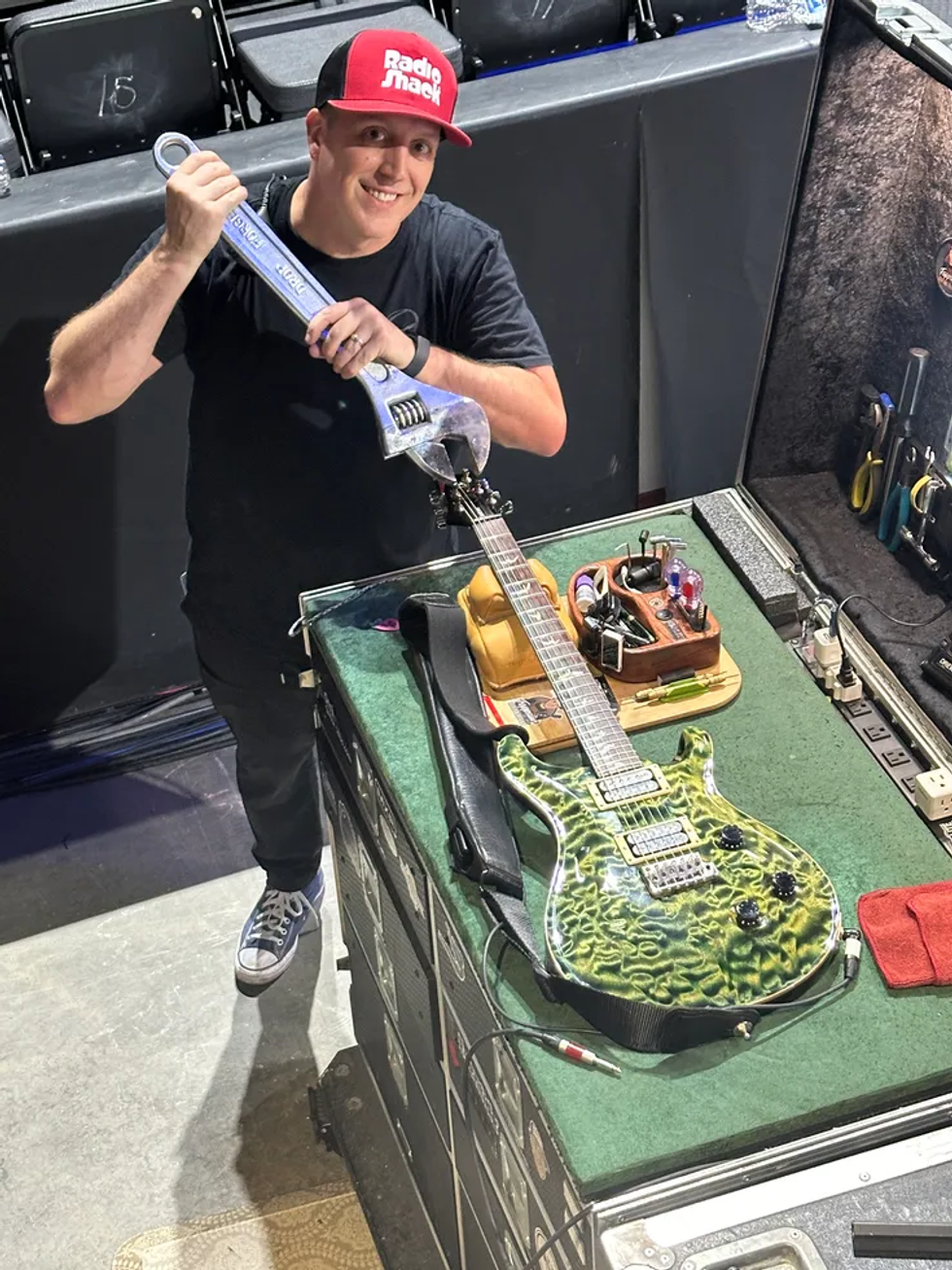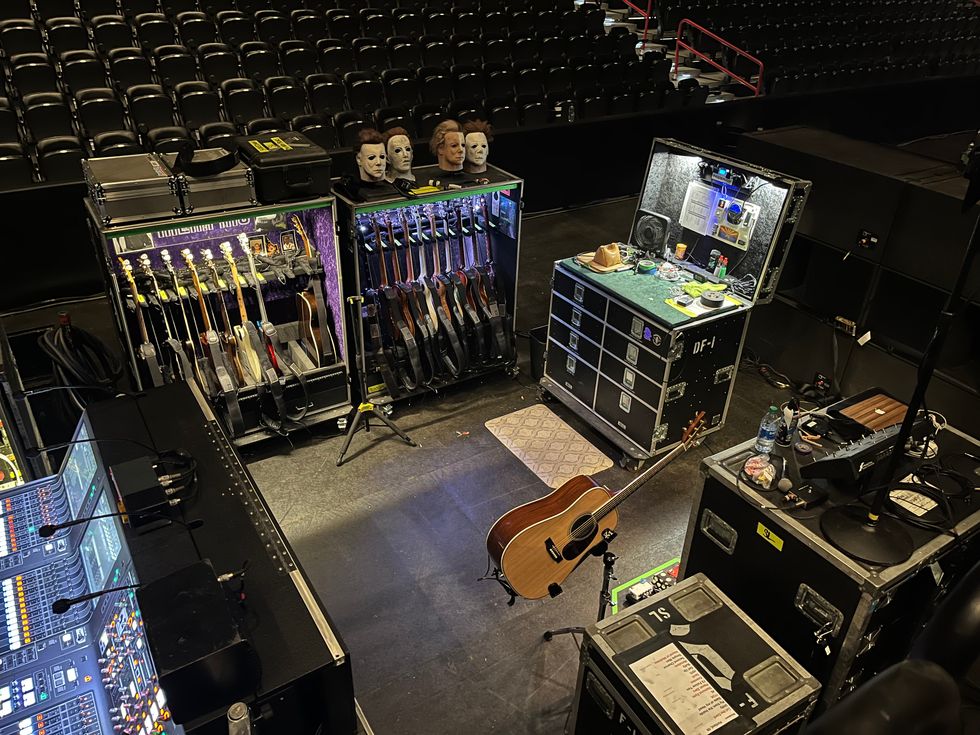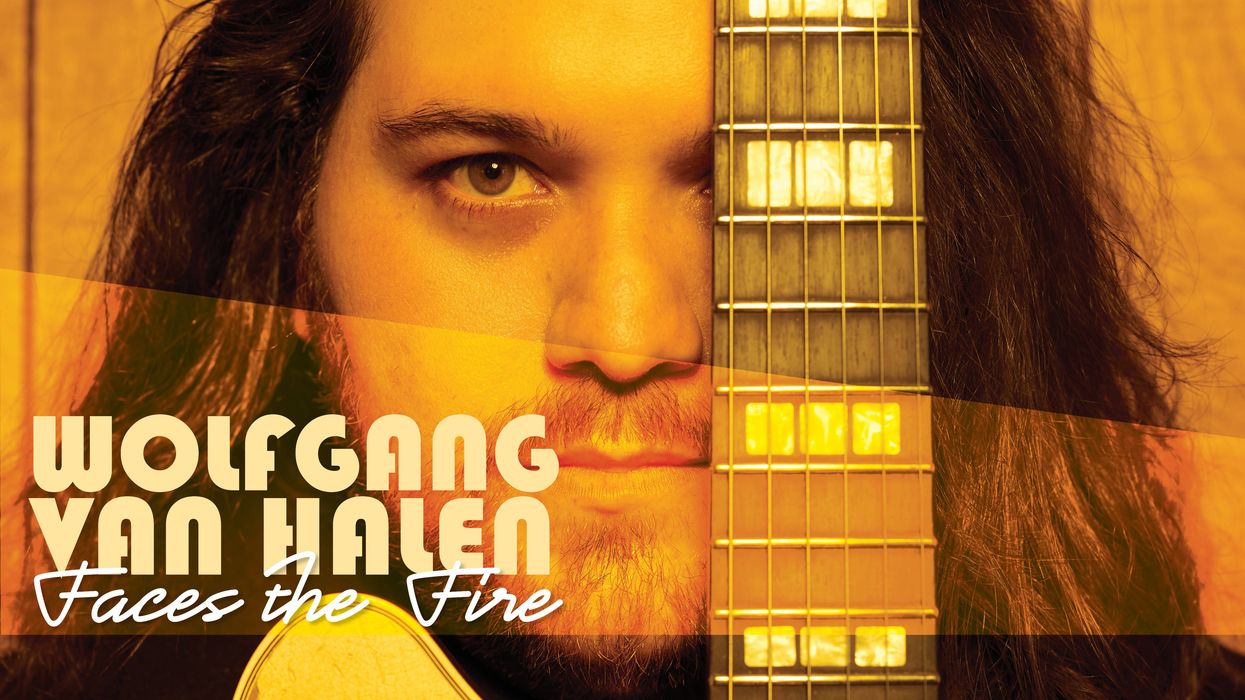One of the great joys of writing for Premier Guitar is that I receive quite a bit of reader feedback. The following questions were sent to me after I wrote the column, “Why Bassists Make Great Musical Directors” [March 2014]. This month I’ll address some of the thought processes and practical applications of hiring a guitarist from a musical director’s standpoint (mine), who in this case just happens to be a bassist.
As an MD, what are the qualities you look for in a guitarist for a band you are putting together?
In most cases, the first quality I look for is versatility. Even within one single artist’s repertoire where all the songs seemingly fall into one genre, there are usually several “vibes” that need to be covered. A great classic-rock tone, a great clean-funk tone, a great ’80s-esque compressed wet/clean tone, a clunky Tele-style chicken-pickin’ tone, and a lead tone with bite and clarity are all things I like to hear before I commit to hiring a player.
Knowing the original parts from the record, knowing what personal musical touches to add, and knowing when not to play are important qualities I listen for initially as well. As a bassist, there’s one thing I love more than anything in a guitarist: a tone that sits in a live mix and isn’t too big in terms of frequency—meaning there isn’t a bunch of low end present that will muddy up the whole band and leave less room for the bassist (call me selfish). A lot of powerful, high-gain amp heads and closed-back cabinets out there can be death traps if not EQ’d right.
A lead guitarist is almost always expected to be a very outgoing performer. For instance, the hiring artist may want you to run 50 feet out on a ramp at large festivals and arena shows once or twice a night during solos. If doing something like this comes across as forced, cheesy, or not a natural part of your personality, the artist (and the people in the crowd) will notice.
A guitarist who walks into an audition or first rehearsal with a personal style and not just the latest “rocker” fashion is usually somebody that impresses me. Richie Sambora wears his hat, Joe Perry has his scarves, Hendrix had his headbands. You don’t want to try to outdo the artist you’re working for, but touches of originality in the looks department can be a deciding factor in the hiring of a guitarist.
our artistic expression.
I reside in and do most my hiring from Nashville, which is home to a lot of professional guitarists. It’s assumed that they all can pretty much supply all the aforementioned musical qualities, and whether we like it or not, it’s a fact that looks and presentation are big parts of our profession and important parts of our artistic expression.
Ultimately, it’s always the “it” factor musically that seals the deal. You’re playing the same parts the other players at the audition learned, but somehow you have to be better and less replaceable than they are. Lastly, you’re onstage a few hours out of the day and the remaining 22 hours are spent living with other people inside a long, aluminum tube. Your sense of humor, personal hygiene, respect for others, and ability to avoid freaking out over small problems are all hugely important.
Are there auditions for sidemen? If so, how are they usually conducted?
Yes and no. Most of the major gigs in Nashville hire from recommendation only, so it’s certainly good to have a connection within an organization. When there’s an audition, it’s usually done using the same principle of recommendation, but anywhere from three to 20 or more players can get invited. Learning three or four songs from the artist’s repertoire is standard—usually two big hits and the two latest singles.
How long have you been working as a sideman/MD out of Nashville, and how did you get your foot in the door?
I’ve been doing it for 15 years now. My “foot in the door” was a recommendation to a major tour by a good friend who was the lead guitarist on the same gig.
What steps would you recommend for someone trying to break into the business?
Move here. It’s as simple as that! Even in this day and age of YouTube fame, you have to be physically present to win. There are exceptions (Prince’s current band, the new lead singer for Journey, etc.), but it applies as a general rule. Some people want to semi-commit by moving here part-time, but it really is a full-time commitment.
Get your cell phone’s area code changed to whatever music city you’re moving to and do everything in your power to let the world know you’re committed to the location and available. Avoid advertising your services too extensively on social media as it can give the impression that you aren’t working much. In a guitarist-saturated market,there’s a fine balance between being available for work while not looking desperate for work.
At the end of the day, being a sideman can be tremendously rewarding, especially if you initially get hired for who you really are—just like any other relationship.




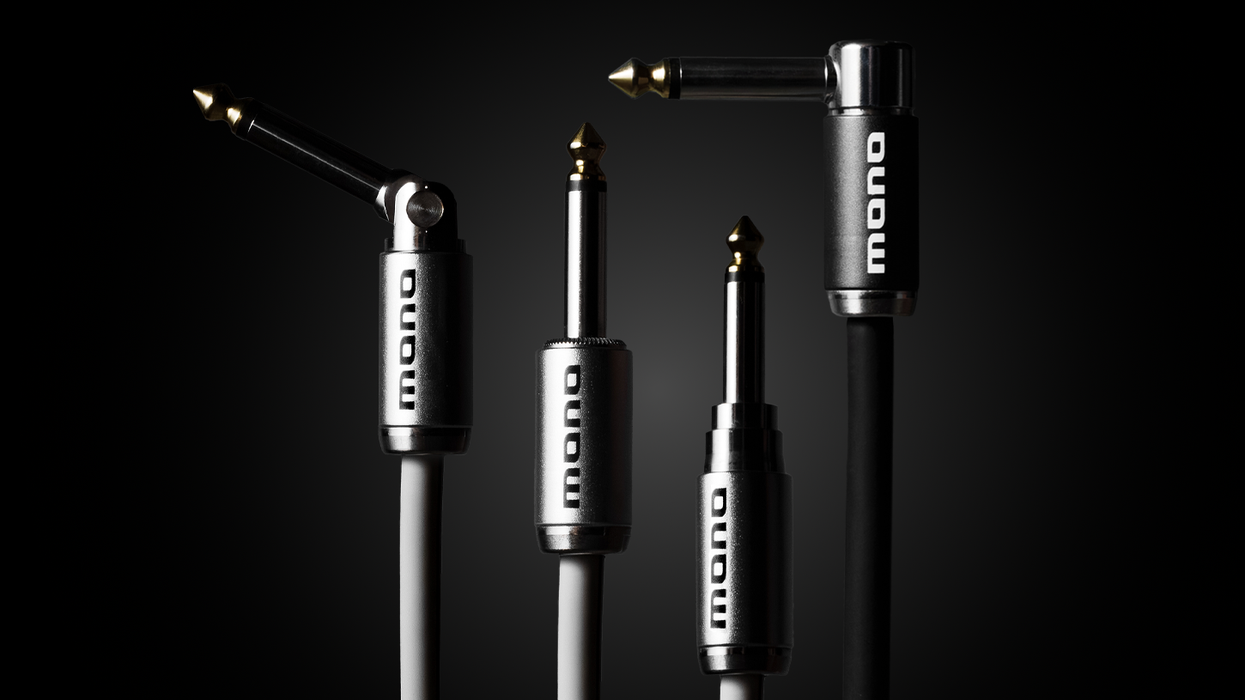
![Rig Rundown: AFI [2025]](https://www.premierguitar.com/media-library/youtube.jpg?id=62064741&width=1245&height=700&quality=70&coordinates=0%2C0%2C0%2C0)












 Shop Scott's Rig
Shop Scott's Rig













 Zach loves his Sovtek Mig 60 head, which he plays through a cab he built himself at a pipe-organ shop in Denver. Every glue joint is lined with thin leather for maximum air tightness, and it’s stocked with Celestion G12M Greenback speakers.
Zach loves his Sovtek Mig 60 head, which he plays through a cab he built himself at a pipe-organ shop in Denver. Every glue joint is lined with thin leather for maximum air tightness, and it’s stocked with Celestion G12M Greenback speakers.








 Luis Munoz makes the catch.
Luis Munoz makes the catch.